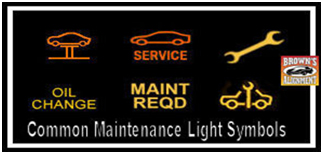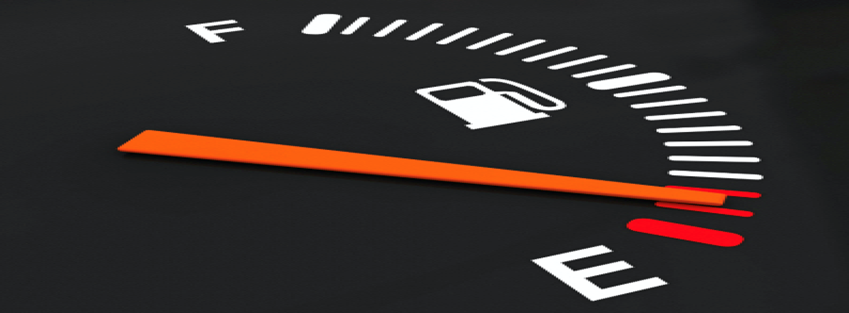Accurately Describing Car Problems:
When bringing your vehicle in for a specific problem it is very beneficial to have a detailed and accurate description of how and when the problem occurs. Describing car problems descriptively and accurately can be very helpful. A good description of the problem can point us in the right direction and potentially reduce diagnostic time.
Example 1: If your car has an unusual noise – You might say – my car is making a noise and I want it fixed. Or you could say – my car has a metallic grinding coming from the left rear when I press the brake.
Example 2: Describing running problem. One description might be that my car runs badly and I am afraid to drive it. A better description would be: My car runs rough intermittently, usually only when I first start it in the morning while it is idling. It feels like it wants to cut off. As soon as it warms up and I start driving it runs fine and is fine the rest of the day.
When your car starts acting up pay attention to what is happening.
Take note of any symptoms you observe:
Here is a list of items to observe when describing car problems:
When does the problem occur:
-is the day temperature cold or hot, only rainy days
-is the vehicle engine cold or warmed up
-time of day, first start of the day
-at certain speeds,
-at idle in park, at idle in gear at a stop
-when turning or braking or going over bumps
-only while accelerating
-constantly occurs or intermittently
-No start – was it parked or did it cut off driving?
What type of noises do you hear:
-metallic
-high pitch, low pitch
-squeal, scrapping, screech, grinding
-clank, thump, thud
-knocking, pinging
-rattle, clicking, chirping, whistling
-rotating noise
-Where is noise coming from:
-from a specific wheel
-front, rear, under car, inside car
-from engine
** Always describe location from the point of view from sitting in the drivers seat. Therefore the driver’s side is the left and the passenger’s side is the right side.
What type of physical actions are occurring:
-vibration, shimmy, shake, bounces, wobble
-drifts, pulls, loose steering, steering off center
-is the entire vehicle doing something or just the engine
-engine flutters, hesitates, coughs, lunges
-low or high idle, wants to stall, engine races
-runs rough always, at idle. when accelerating, going up hill
-changes as speed changes
-no power, sluggish
-transmission will not go, slips, jumps into gear
-hard to start, slow to start
-no start – was it parked or did it cut off driving?
-stalls & restarts after ?? minutes
-unusual smells: burning, oil, gas, coolant, hot, rotten eggs
-decrease in gas mileage
-bounces too much, rides rough
-Low or mushy brake pedal, pulls when braking
-steering is stiff or noisy
-feel it in the steering or coming up through the seat
Fluid observations:
-Fluid leaks – drips, puddles, spray
-color, clearness
-have you been adding any fluids?
Is your car’s dash/ information center telling you anything:
-is the check engine light on
* does it come on & off, is it steady on or is it flashing
-are any other warning lights coming on?
* A few examplesof warning lights are:
ABS – anti lock brakes
VSC – vehicle stability control
ESP – electronic stability control
Traction control
Coolant temperature
Oil light
Battery/alternator/ charging light
**note any digital messages from the information center
Links: See our warning lights description page. Click here!
See our printable pdf sheet for making notes about car problems

